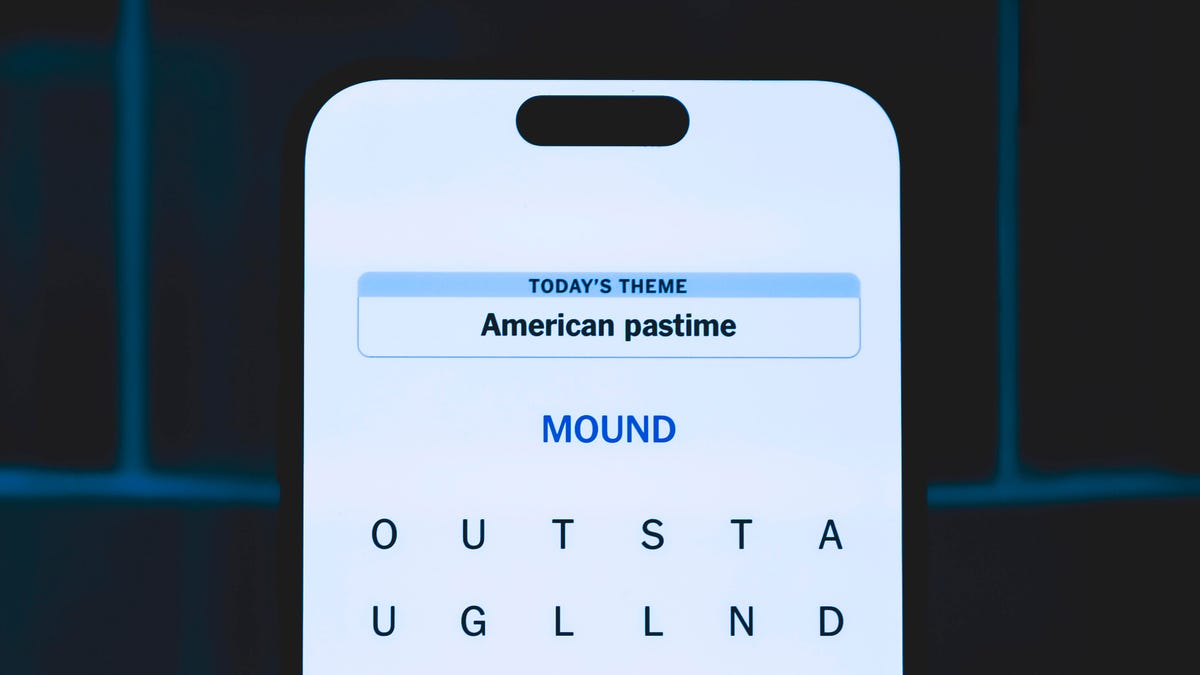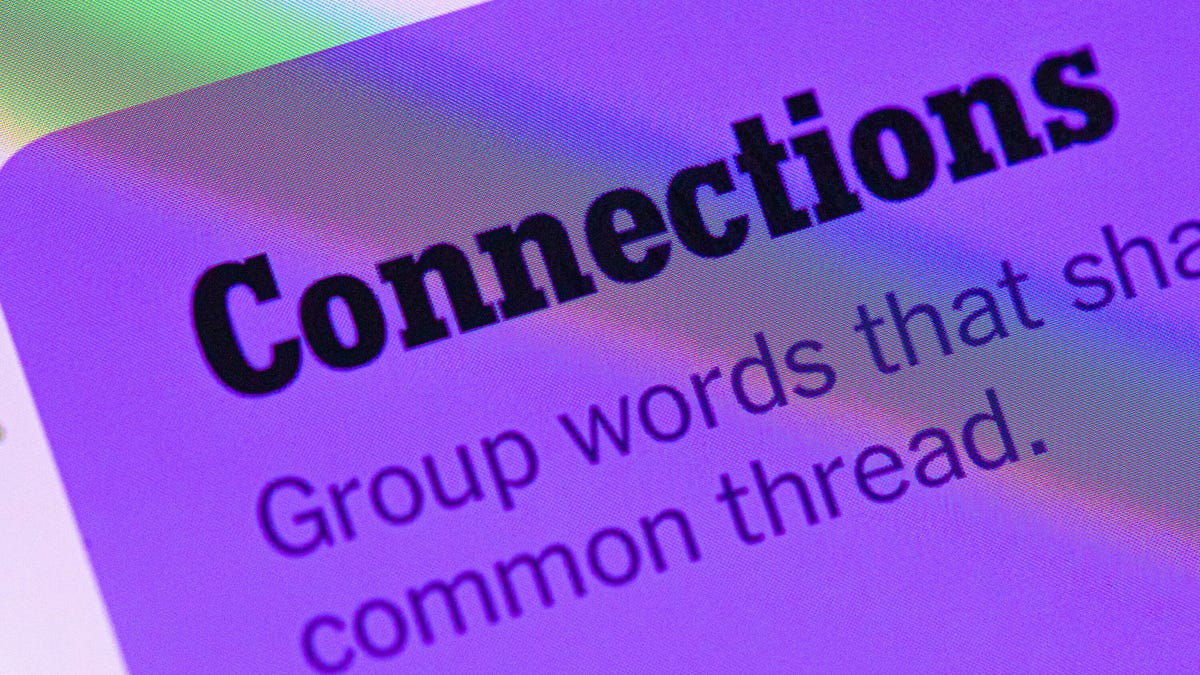Technologies
Saturn’s Pulling a Stunt This Weekend That Hasn’t Happened Since 2009: How to Watch
As Saturn and Earth line up, Saturn’s iconic rings will appear to vanish.

It’s not every day that a prominent feature of our solar system disappears, but that’s precisely what will happen with Saturn. Over the weekend, Saturn’s gorgeous rings will nearly vanish from sight. No worries, they’ll be back in a couple of weeks.
This phenomenon is caused by an optical illusion that occurs when the stars line up. Saturn is tilted at 26.73 degrees on its orbit, while Earth is very close to that at a 23.5-degree tilt. When the two planets line up just right, the rings of Saturn are almost entirely horizontal from the perspective of Earth, causing them to mostly vanish.
Read more: Best camera to buy in 2025
«As Saturn and the Earth travel around the sun, we will periodically be in a position where those rings are seen edge on,» explains Dr. Shannon Schmoll, director of the Abrams Planetarium at Michigan State University. «Because the rings are so thin, if we look at it edge-on, we can’t see (the rings).»
So, anyone looking up at the sky this weekend will likely note that the planet won’t look very Saturn-like without its trademark rings. However, if you’re using a powerful telescope, the rings will still be visible. It’ll appear as though a thin line is running through the middle of Saturn, as shown in the graphic above.
How do Saturn’s rings disappear?
The tilt of Saturn and Earth is the main thing. It’s like looking at a piece of paper. If you hold it horizontally up to eye level, it’ll be practically invisible. Paper is an apt analogy here because Saturn’s rings are thinner than many think.
«The rings of Saturn are incredibly thin,» Schmoll says. «Even the thickest estimates put the rings at 1 kilometer (about half a mile). Saturn’s diameter is over 116,000 km, so comparatively that is VERY thin.»
According to NASA, Saturn’s rings average about 30 feet in height across the entire length of the ring. That means when viewed from the side at a distance of about 1.5 million kilometers (983,000 miles), you might as well be looking at a sheet of paper from the side.
The rings are still technically visible. Folks with higher-powered telescopes may be able to see the line jutting across Saturn. However, those with low-power telescopes may not see it, making Saturn look naked.
When will the rings return?
The peak of this little celestial dance will occur over the weekend. So, technically, the rings have already been like this for a week or two and will continue to be difficult to see going into April. By then, Saturn’s orbit will begin to tilt the rings again, and they will slowly come back into view over the next month or two.
«Technically, the ring plane crossing is only for a moment when it’s fully edge on,» said Schmoll. «For powerful telescopes, we can see the rings again quickly. For most backyard telescopes, though, you have to wait a few months before you can see them again»
How rare is this event?
According to NASA, this happens about every 13 to 15 years on average. It’s not an exact science, though, as prior events occurred in 1980, 1995 and 2009.
«Saturn’s orbit is just under 30 years, so there are two times in a Saturn orbit when that angle is just right,» Dr. Schmoll says. «Sometimes it happens when Saturn is on the opposite side of the sun from us, which makes it hard to see because the sun gets in the way.»
The next one is predicted to come in 2038 or 2039, Schmoll says, and it should be «a lot easier to spot» as well.
Technologies
Today’s NYT Strands Hints, Answers and Help for Nov. 28 #635
Here are hints and answers for the NYT Strands puzzle for Nov. 28, No. 635.

Looking for the most recent Strands answer? Click here for our daily Strands hints, as well as our daily answers and hints for The New York Times Mini Crossword, Wordle, Connections and Connections: Sports Edition puzzles.
Today’s NYT Strands puzzle is pretty tricky. If you’re not familiar with certain superstitious beliefs, you might not find all the answers. And some of the answers are difficult to unscramble, so if you need hints and answers, read on.
I go into depth about the rules for Strands in this story.
If you’re looking for today’s Wordle, Connections and Mini Crossword answers, you can visit CNET’s NYT puzzle hints page.
Read more: NYT Connections Turns 1: These Are the 5 Toughest Puzzles So Far
Hint for today’s Strands puzzle
Today’s Strands theme is: If all else fails…
If that doesn’t help you, here’s a clue: Don’t tell, it won’t come true.
Clue words to unlock in-game hints
Your goal is to find hidden words that fit the puzzle’s theme. If you’re stuck, find any words you can. Every time you find three words of four letters or more, Strands will reveal one of the theme words. These are the words I used to get those hints but any words of four or more letters that you find will work:
- GLUB, RATS, TARN, DALE, FONT, FOUNT, LASH
Answers for today’s Strands puzzle
These are the answers that tie into the theme. The goal of the puzzle is to find them all, including the spangram, a theme word that reaches from one side of the puzzle to the other. When you have all of them (I originally thought there were always eight but learned that the number can vary), every letter on the board will be used. Here are the nonspangram answers:
- DANDELION, STAR, COIN, FOUNTAIN, LADYBUG, EYELASH
Today’s Strands spangram
Today’s Strands spangram is MAKEAWISH. To find it, start with the M that’s three letters down on the far right, and wind backwards.
Technologies
Today’s NYT Connections Hints, Answers and Help for Nov. 28, #901
Here are some hints and the answers for the NYT Connections puzzle for Nov. 28, #901.

Looking for the most recent Connections answers? Click here for today’s Connections hints, as well as our daily answers and hints for The New York Times Mini Crossword, Wordle, Connections: Sports Edition and Strands puzzles.
Today’s NYT Connections puzzle is kind of tough. If you need help sorting the answers into groups, you’re in the right place. Read on for clues and today’s Connections answers.
The Times now has a Connections Bot, like the one for Wordle. Go there after you play to receive a numeric score and to have the program analyze your answers. Players who are registered with the Times Games section can now nerd out by following their progress, including the number of puzzles completed, win rate, number of times they nabbed a perfect score and their win streak.
Read more: Hints, Tips and Strategies to Help You Win at NYT Connections Every Time
Hints for today’s Connections groups
Here are four hints for the groupings in today’s Connections puzzle, ranked from the easiest yellow group to the tough (and sometimes bizarre) purple group.
Yellow group hint: Appropriate.
Green group hint: I win!
Blue group hint: Musical instrument.
Purple group hint: Time to talk.
Answers for today’s Connections groups
Yellow group: Fitting.
Green group: Achieve victory over.
Blue group: Parts of an electric guitar.
Purple group: Phonetic elements of speech.
Read more: Wordle Cheat Sheet: Here Are the Most Popular Letters Used in English Words
What are today’s Connections answers?
The yellow words in today’s Connections
The theme is fitting. The four answers are fair, just, proper and right.
The green words in today’s Connections
The theme is achieve victory over. The four answers are beat, best, take and worst.
The blue words in today’s Connections
The theme is parts of an electric guitar. The four answers are fret, peg, pickup and string.
The purple words in today’s Connections
The theme is phonetic elements of speech. The four answers are intonation, loudness, rhythm and stress.
Technologies
Anker’s New MagSafe Car Mount Keeps Your Phone Cool While Charging, and It’s 30% Off for Black Friday
Get wired-like charging speeds and MagSafe compatibility with Anker’s wireless car charging bundle for $62.99.
Black Friday is the best time of the year to upgrade the little essentials that make your everyday tech life more pleasant. I’ve found the perfect deal to amp up the phone charging setup in your car. This Anker MagSafe wireless car charging bundle is 30% off for the holidays, and it gives your iPhone a fast and steady way to power up while you navigate. It delivers up to 25-watt wireless charging speeds and with onboard active cooling, your phone stays comfortable to the touch.
Get it now for $62.99 verses the list price of $89.99.
What sets this charger apart is that its performance and cooling tech is built into a surprisingly compact package. The stand uses an ultra-strong Qi2 magnetic lock to keep your phone secure through bumps and turns. You can even tilt the mount and switch between portrait and landscape modes for navigation without blocking the view. The bundle has everything you need to get started including a 60-watt dual-USB-C charger, an adequately long USB-C cable, and cable organizers for a clean setup. Anker also includes a two-year warranty for peace of mind.
If you are getting your car prepped up for driving to a holiday vacation or just need a faster charging mount for your daily commute, this deal makes a lot of sense. CNET’s experts are also tracking more Black Friday and Cyber Monday picks across Apple products, headphones, and more, so you can score more savings before the sales season wraps up.
MOBILE DEALS OF THE WEEK
-
$749 (save $250)
-
$475 (save $175)
-
$499 (save $300)
-
$900 (save $400)
Why this deal matters
A high quality charger is a great addition to any car to speedily top up your phone on the go. You will especially want to look out for options from a top-tier brand like Anker for its fast charging speeds and reliability. This Black Friday deal is an excellent opportunity to save big on a staple car accessory. With holiday shopping heating up and tech accessories being one of the most popular categories, we expect the deal to sell out quick. So don’t wait too long before jumping on it.
Don’t miss any of our unbiased tech content and lab-based reviews. Add CNET as a preferred Google source.
Join Our Daily Deals Text Group!
Get hand-picked deals from CNET shopping experts straight to your phone.
By signing up, you confirm you are 16+ and agree to receive recurring marketing messages at the phone number provided. Consent is not a condition of purchase. Reply STOP to unsubscribe. Msg & data rates may apply. View our Privacy Policy and Terms of Use.
-

 Technologies3 года ago
Technologies3 года agoTech Companies Need to Be Held Accountable for Security, Experts Say
-

 Technologies3 года ago
Technologies3 года agoBest Handheld Game Console in 2023
-

 Technologies3 года ago
Technologies3 года agoTighten Up Your VR Game With the Best Head Straps for Quest 2
-

 Technologies4 года ago
Technologies4 года agoBlack Friday 2021: The best deals on TVs, headphones, kitchenware, and more
-

 Technologies4 года ago
Technologies4 года agoVerum, Wickr and Threema: next generation secured messengers
-

 Technologies4 года ago
Technologies4 года agoGoogle to require vaccinations as Silicon Valley rethinks return-to-office policies
-

 Technologies4 года ago
Technologies4 года agoOlivia Harlan Dekker for Verum Messenger
-

 Technologies4 года ago
Technologies4 года agoiPhone 13 event: How to watch Apple’s big announcement tomorrow
